The WOC 2023 Middle courses challenged the runners in many different ways, like a good Middle distance course should do. The courses started with extremely technical terrain with very low visibillity where it was difficult to even move straight through the forest (see the first leg for the men above). After a longer route choice leg, the courses moved into more runnable technical terrain – but still very tricky. And finally the last part was more runnable and physically demanding, interspersed with tricky controls to spice it up.
Here we take a look at the three different terrain types, the key legs that posed the toughest challenges for the runners, and how these legs decided the exciting battles for the medals. For the complete maps with courses and full results, see this article.
Part 1: The slow and tricky part
The runners were met by very dense and technical terrain. When moving through this terrain, it kind of feels like the terrain tries to push you away from the straight line you want to move in, and it is difficult to find time to look at the map while moving at speed. Even moving along the paths can be slow, with trees lying across the path. And the map is quite generalized, so what looks flat on the map is not necessarily identifiable as flat in the terrain (and it definitely does not feel flat when moving through the terrain).
The women had only three controls in this part of the terrain, but it was still the area where most mistakes were made, with control 1 and 3 the most demanding for the runners.
The first control may look easy, just a few tens of meters from a path, but some had problems already out of the start, others came very close to the control without finding it, some searched in wrong places and some just had to stop several times to understand where they were. To show the “chaos” for this seemingly straightforward leg, all of the runners’ routes are shown below, colored by split time with green being fast and red slow.
Zooming in on some of the most interesting runners, Hanna Lundberg (Sweden, bronze medalist) was fastest, keeping close to the line while using the paths where possible. Four of the other biggest pre-race favourites are shown along with Lundberg (the GPS-data was unfortunately a bit off today, but you still get a farily good impression). Tove Alexandersson (Gold medalist) loses more than a minute after taking off in the one direction – it is impressive how she manages to correct that one with such a small time loss. Simona Aebersold (Gold medal winner from the Long distance, only 13th place today after a big mistake towards the end) takes off in an even worse direction than Alexandersson – very impressive to save that to be only around a minute lost!
Natalia Gemperle (Silver medalist) loses half a minute just by taking the slower path out from the start. And finally another big pre-race favourite, Sara Hagström, loses nearly 4 minutes after being very close to the control and then continue to search for minutes.
The second control is interesting because it can be solved with somewhat lower risk by going out to the path to the left, but this is around 15-20 seconds slower than going straight.
Here we show only the runners without big mistakes, to be able to show the difference. Gemperle does a two minute mistake here, running slightly to the right.
The final leg in this first part – the leg to control 3 – also posed some serious difficulties for some of the runners. With quite a few negative curves, it can be difficult to understand what is up and what is down, especially when you look less on the map than you should because running is difficult.
Alexandersson runs in an impressively straight line for this terrain, showing the others how it should be done by winning the leg. Lundberg has some uncertainty on the way and loses half a minute. Aebersold runs nearly as straight as Alexandersson, but a few degrees off to the right. Luckily she knows how far she should run, as she stops at about the right length. But she obviously thinks she is to the left instead of to the right of the control, losing 1:20.
Others like Sabine Hauswirth (Switzerland) and Ingrid Lundanes (Norway) do a similar direction mistake to Aebersold, but use 5 and 3 minutes to find the control as they probably did not have the same confidence as Aebersold about where they had to be (cruicial in this type of terrain!).
The men had an extra control in this first slow and technical parts compared to the women. Their first leg was even more tricky than the women’s leg, being clearly the control where most mistakes were made on this course. The third leg also posed many runners problems, while there were far less mistakes done to the 4th control due to the possibility to get a quite easy entrance to the control using the yellow area from the cliff by the path that goes nearly all the way to the control.
Regarding the first leg, there seem to be three good (and many bad) ways to solve this leg, based on studying the GPS-data of the runners. Each of the three options shown below where chosen by several.
First there is the variant to the left (green line) where you (1) try to avoid the green between the paths and (2) can get a good attackpoint after the bend of the larger path as you follow the path for a while – from here you just have to be very accurate with your direction. The second option is the orange option of Kyburz who (1) goes on the right hand side of the green between the paths, after leaving the first path at the very distinct cliff and (2) continues as for the first option. Finally there is the straight brute-force method of Gustav Bergman that he is known for – here you need to be accurate with direction and what you pass on the way.
We will get back to more GPS-data from the men’s race in this tricky area in the last section of this article where we look in more detail at how the race was decided and why the winners won and the losers lost.
Part 2: The route choice leg
Both the men and the women had the same long route choice leg – the women from 3 to 4 and the men from 4 to 5 as shown below.
When studying the leg before the race, it seemed pretty obvious that the best choice would be to run to the right out of the control and hit the road, cut the road somewhere to make the route a bit shorter, and then find a good approach for the last part into the control. However, surprisingly many top runners, especially in the men’s class, chose other options. Here is an illustration of most routes in the men’s class and women’s class, respectively:
The two main option are going left or right, here illustrated by the fastest man on the leg, Matthias Kyburz running to the right – and the fastest runner on the left routechoice, Kasper Fosser.
Kyburz had higher speed than Fosser – based on looking at a wider number of GPS-tracks it looks like the advantage of going right could be 25-30 seconds although Fosser is nearly 45 seconds behind. Here are some of the other options run in the mens’ class.
Both Kinneberg (all the way to the left, purple) and Gustav Bergman (yellow) run far to much in the slower terrain, losing significant time. The other routes on the road/path are simply too long. A similar story for the women, where Alexandersson runs the same short right-variant as Kyburz and wins the leg with 37(!) seconds. Gemperle runs left and loses more than a minute.
Part 3: The faster tricky part
The third part of the course is less green and more runnable than the first part – but still very tricky. While the first part can be characterized as exceptionally difficult, this part is manageable by most if you are accurate with your map reading. The visibility is not very good, but good enough to be able to identify the contour details well. Here is the women’s part:
And the men’s part is similar, but with some extra controls:
While quite a few runners had one or more 30-40 seconds time losses in this part, there were not many large mistakes among the Top 30 finishers. An example of a typical mistake in this area is the 45 second mistake of Joey Hadorn at control 8 and a 40-45 second timeloss of Venla Harju to control 7 where she runs around instead of straight.
It is however the final control in this part that gives the runners the most problems – the 11th for women and 14h for men. It may be because it gets a big greener there, and it is also a bit flatter and more diffuse. Here is an example for the men where Olli Ojanaho loses nearly a minute – effectively the bronze medal.
Part 4: The runnable part
After this tricky part, the courses change completely character. First a few controls at the lake for the nice turquise drone photos, then some road running to get towards the arena (to be able to use the same arena for all three competition days). Although there is quite some road running here, several controls are in dense forest where it is definitely possible to do mistakes. Here is this last part for women:
In the women’s class, there are actually more timelosses at control 14, 15, 16 and 18 than at all controls but one in the “fast and tricky” part. For example, Tove Alexandersson loses more than a minute to control 15 – she probably just does not see the control.
Simona Aebersold loses 6(!) minutes and the silver medal on the way to the 16the control – a typical parallell mistake – and doubly so as she goes out to the road and tries again at the wrong place.
And Megan Carter Davies, on the way to a very good result, loses 3.5 minutes to control 18. Without this mistake at the very end of the race, a 4th place could have been possible!
The last part for the men was very similar – here there were less mistakes except for the second last control which was the same as the women, just shown for Megan Carter-Davies.
Women’s race: Where the race was won (and lost)
We first take a look at the split times using a graphical representation where we have the current leader as a reference (Hanna Lundberg until control 5, from there Tove Alexandersson). When a runner is slower than the leader, the line drops – while it rises again if the leader is slower.
The big drops of the lines indicate large mistakes as the runners lose a lot of time to the reference runner. One can note a big 3.5 minuts mistake by Sara Hagström at the first control, a 5 minute mistake at the third control for Sabine Hauswirth, the 6 minute mistake by Simona Aebersold to control 16 and the 3.5 minute mistake by Megan Carter Davies to control 18.
If we zoom in a bit and remove some of thos who lost significant time early, we see that several of the top favourites in the women’s class did mistakes early in the race.
The big pre-race favourite Tove Alexandersson lost a minute already to the first control. The other big favourite, Simone Aebersold, lost a minute to the first control and then in addition another minute to the third control. One of the main challengers for the gold medal, Natalia Gemperle, lost two minutes to the second control. Still, all of these managed to get well into the medal battle again.
One can also identify the mistake of Alexandersson at the 15th control, where all other curves go upwards. Also note that Alexandersson clearly has a higher speed than the rest of the field (except for Gemperle when she is with Alexandersson from control 7), as all curves go steadily downwards when Alexandersson does not make mistakes. When Aebersold does her last big mistake at the 16th control, she was in bronze medal position.
Removing Tove Alexandersson and Simona Aebersold from the illustration, we can study the battle for silver and bronze.
Here we see that Gemperle is nearly 2 minutes behind Lundberg at the 7th control, but when running behind Alexandersson (all punches seem to be behind except for where Alexandersson makes her mistake) Gemperle gains 2 minutes between control 7 and 15 – it is in this period she wins the silver medal. Ane Dyrkorn and Andrine Benjaminsen clearly do not have the speed for a medal – and the same is the case for the rest of the field.
Men’s race: Where the race was won (and lost)
Looking at a similar split time illustration for the men, it quickly is clear that Matthias Kyburz did an exceptionally stable and fast race compared to the rest of the field.
Kyburz did not have the fastest start (Emil Svensk did), but from control 3 where he was 20 seconds behind the current leader Svensk, until control 5 when he was more than one minute ahead of everybody, he had an exceptionally strong period. The long leg to control 5 was clearly key to Kyburz’s performance – before that leg his gap was only 10 seconds to Bergman with many runners within 40 seconds – after the long leg Bergman was closest a minute behind, the rest of the field was at +1:20 and further behind.
Kyburz continued to build his gap to the rest of the field as other runners made mistake, but Kyburz’ speed was now more at the same level as the rest of the field. From control 7 to the second last control Kyburz was mostly running together with Albin Ridefelt who he had catched with 2 minutes, and from the split times it looks like they alternated on being first in the forest. From control 18 to the finish Joey Hadorn was far stronger than the rest, his curve rising steadily upwards with the rest being stable (i.e., equal to Kyburz) or going downwards.
For the remaining analysis, we remove Kyburz from the illustration, to be able to study the battle for the medals in more detail. We start with the athletes finishing 2nd to 6th.
- Bergman: We clearly see that Bergman runs very well in the most technical part of the race, but from control 16 to the finish the other runners have higher speed. In addition, Bergman does not take the best route choice to control 21 (see GPS-illustration below). Instead of running up to the open area he stays in the light green forest – it is very tempting to not take the extra climb if you are tired. With a good long leg and a good leg to 21, Bergman could have taken a medal.
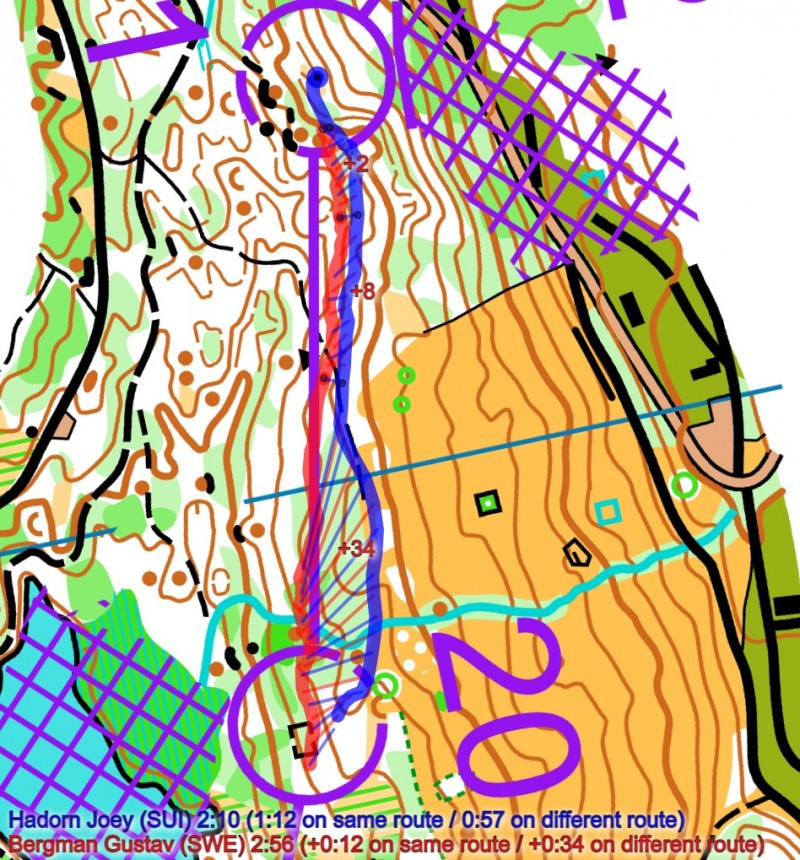
- Ridefelt: Ridefelt took a bad route choice on the long leg AND did a mistake into the control – losing 1:30 to Kyburz. A few controls later Kyburz caught up. Then to the second last control Ridefelt lost another half minute, going too high in the slope – this cost him a medal.
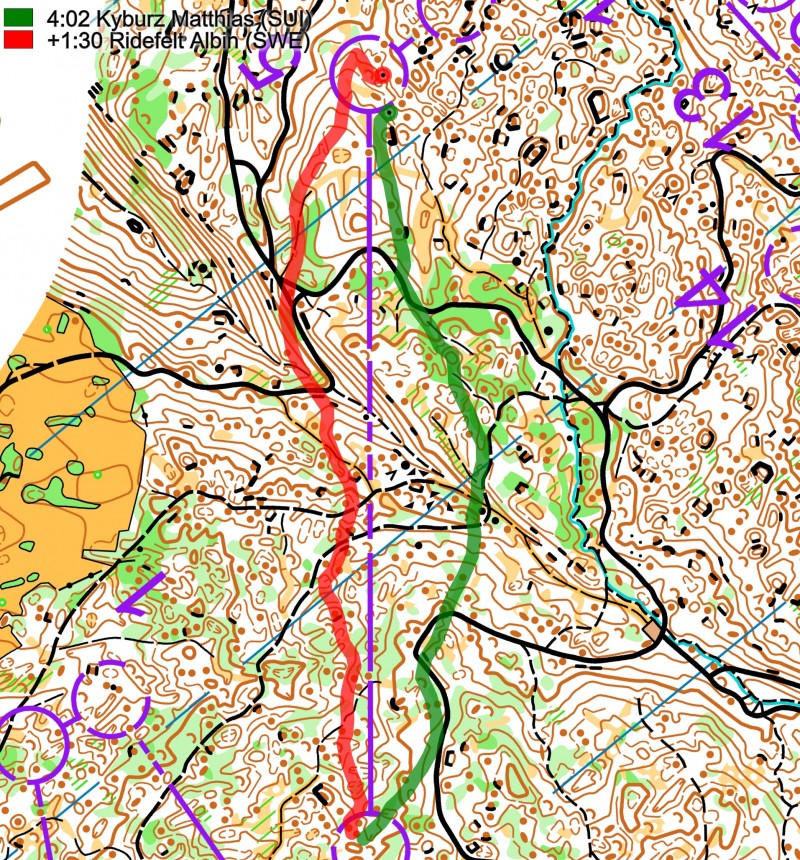
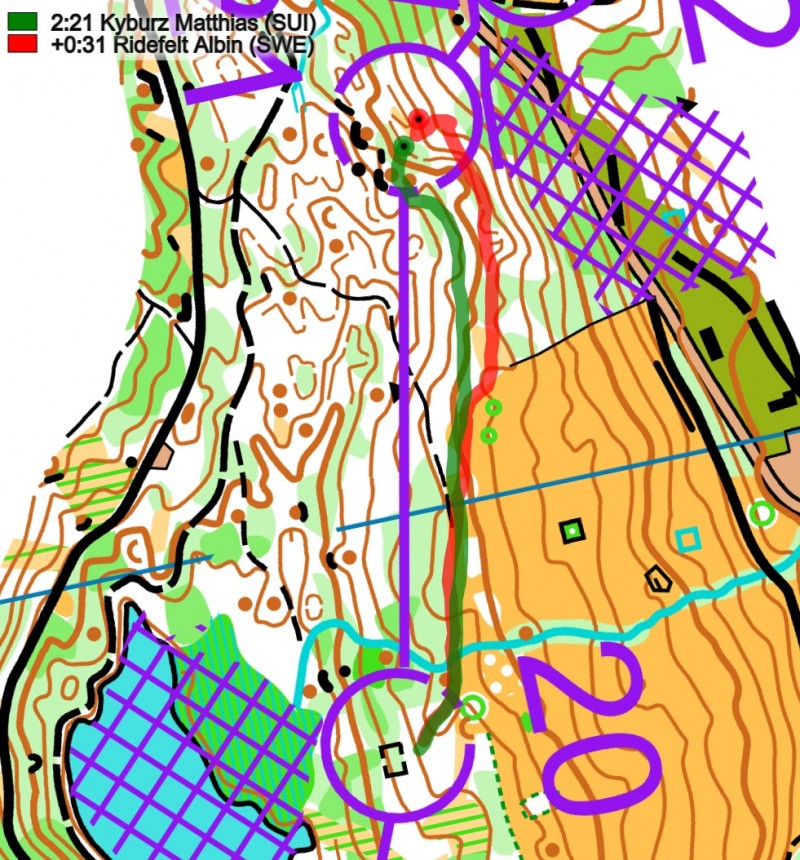
- Hadorn: Small mistakes to 1 and 3 and a mistake of over a minute to control 8 (GPS tracking shown above in the general terrain analysis) – but then an exceptionally fast leg to control 9 and a strong finish secured him the silver medal. Gold would not have been possible with Kyburz’ strong run.
- Ojanaho: Very strong race, but a mistake of around a minute to control 15 cost him a medal (GPS tracking shown above in the general terrain analysis).
- Bonek: Several small mistakes in the technical parts, but a very strong finish secured him a medal.
In addition to the runners discussed above, there were several others who could have been in the medal battle, but made mistakes that ruined their day. The following illustration shows this part of the story:
- Kasper Fosser: Ran in medal speed from control 4 to the finish – mistakes in the start cost him the medal (and probably also very sore legs after the long distance)
- Eskil Kinneberg: Not quite the speed for a medal, but would have been very close if he had not lost time on the last controls and had a good long leg.
- Lucas Basset: Bad long leg and miss at the second last control, if not he could have been in contention.
- Emil Svensk: Without mistake to control 3 and a bad long leg he could have been in contention.
- Gaute Steiwer: Not quite the speed for a medal, but would have been very close with a good long leg and without the mistake to 12.
- Ruslan Glibov: Big mistakes to control 1 and 3 took him out of the battle for medal – but would have needed a very good long leg in addition to beat the current medalists.
 World of O News
World of O News
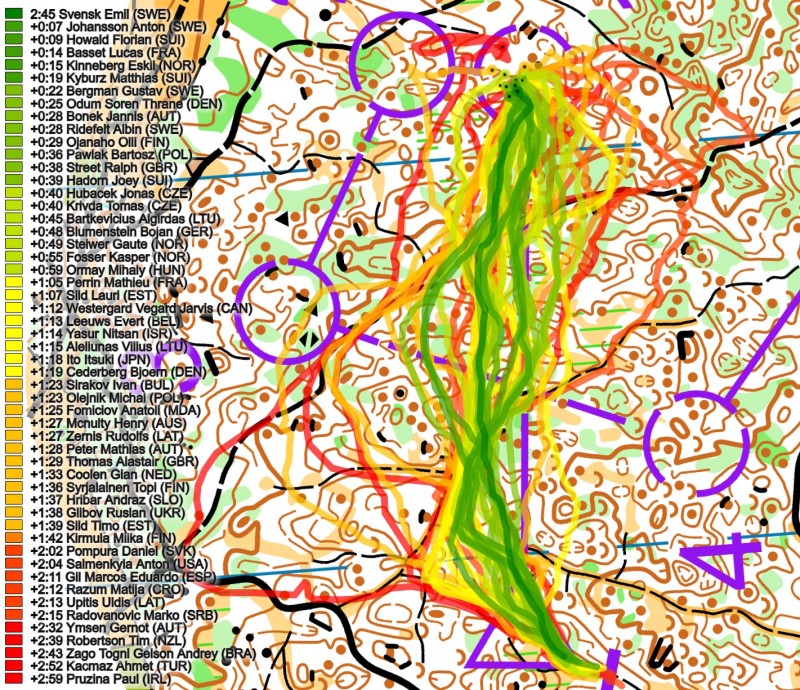
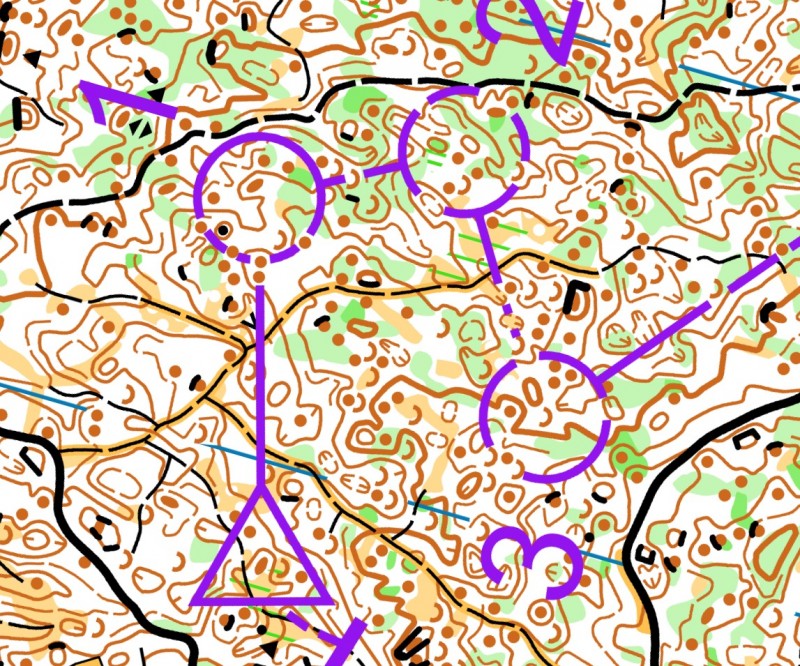

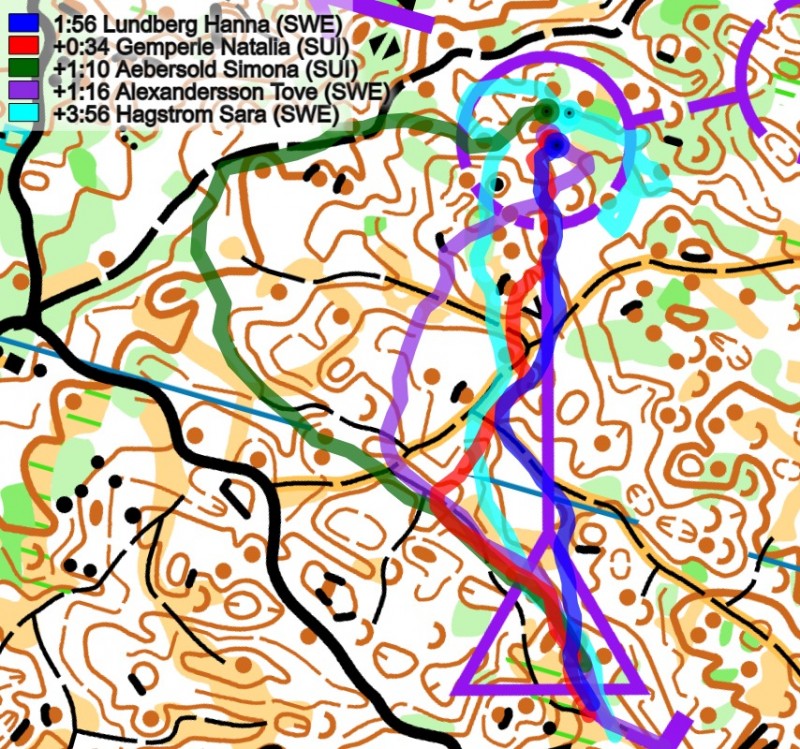
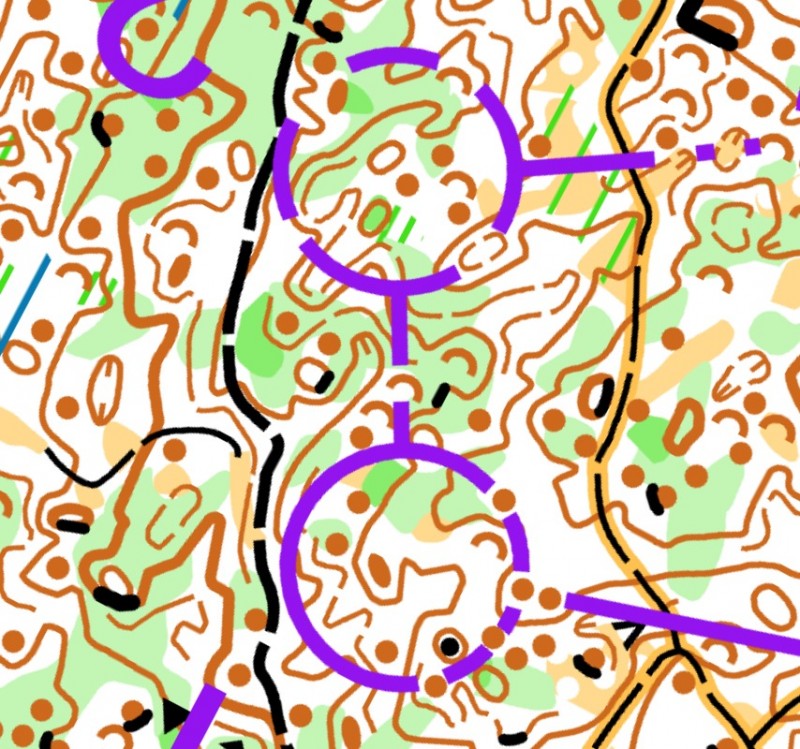
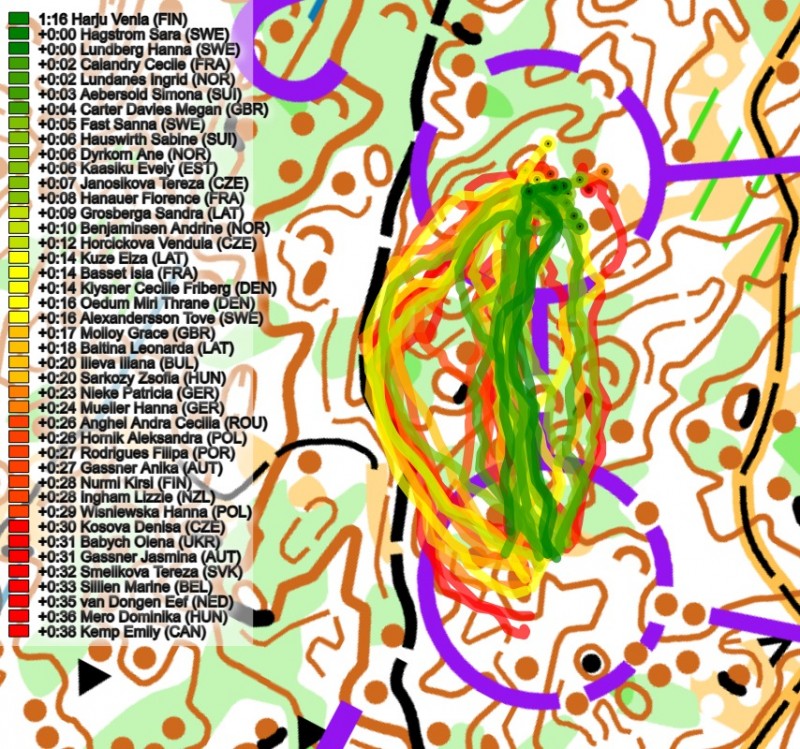

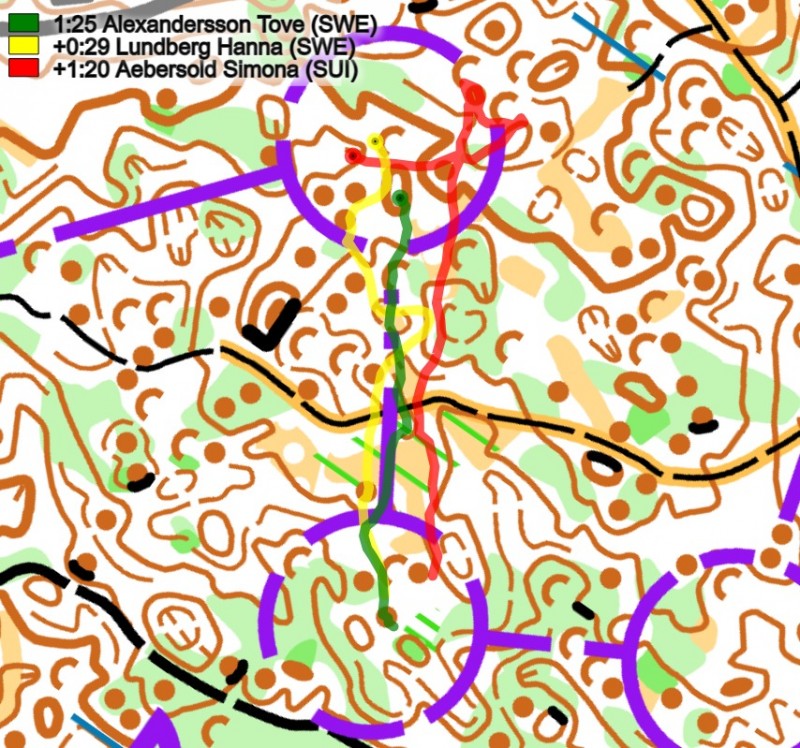
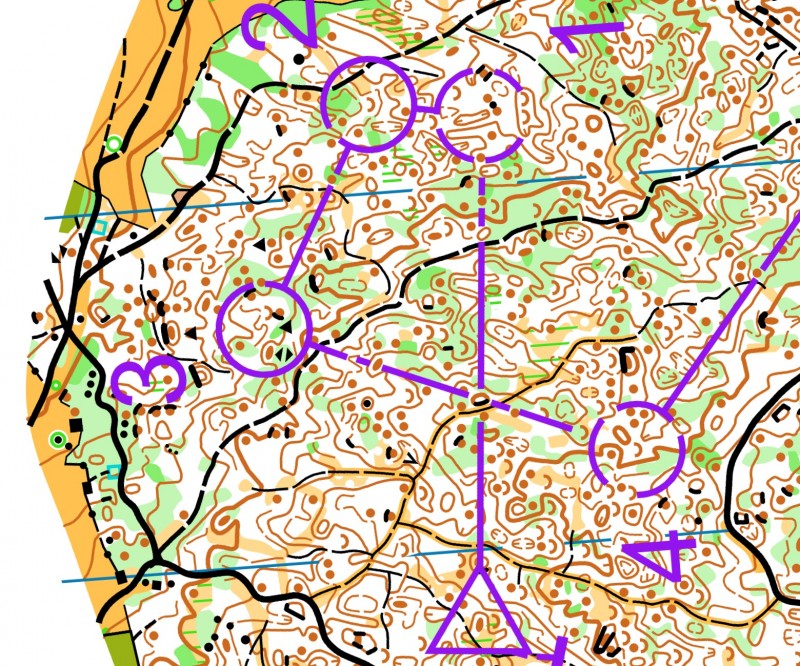
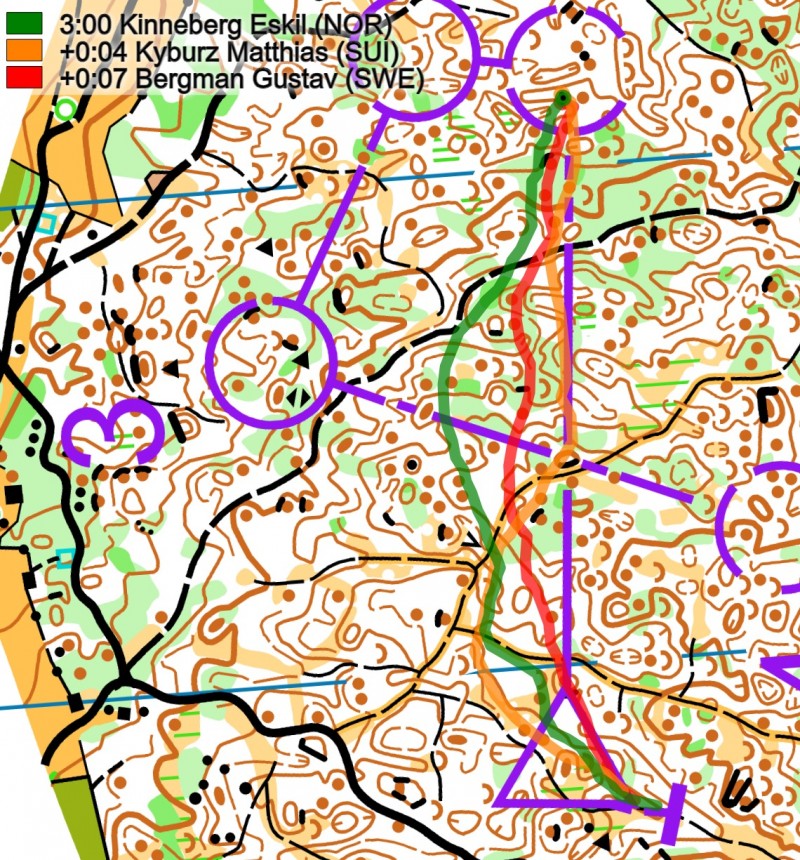
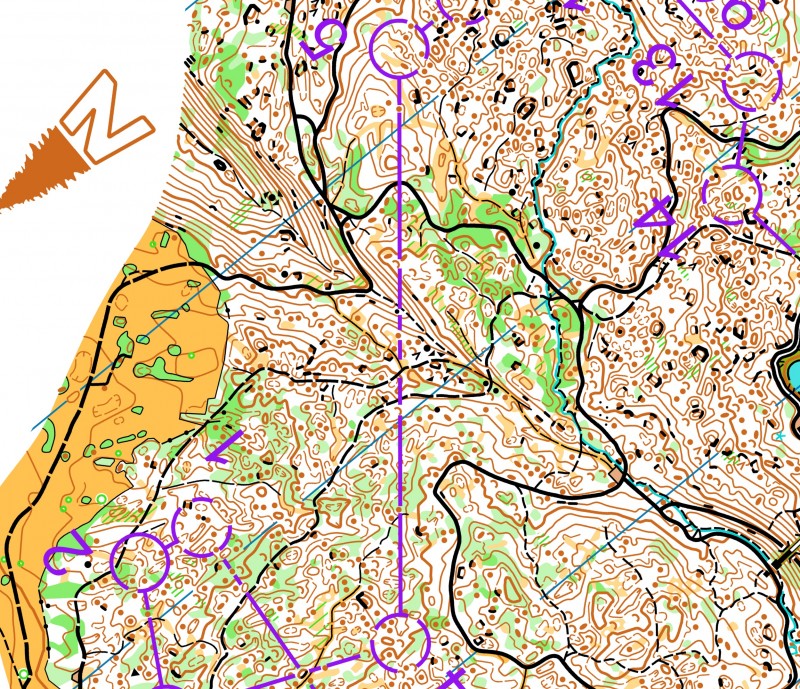
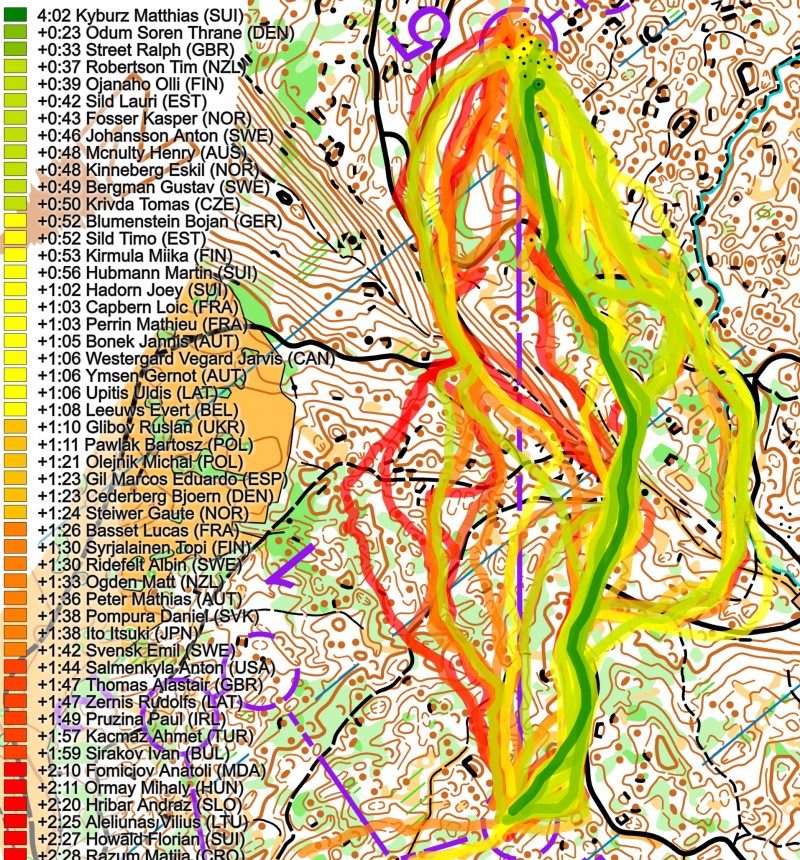
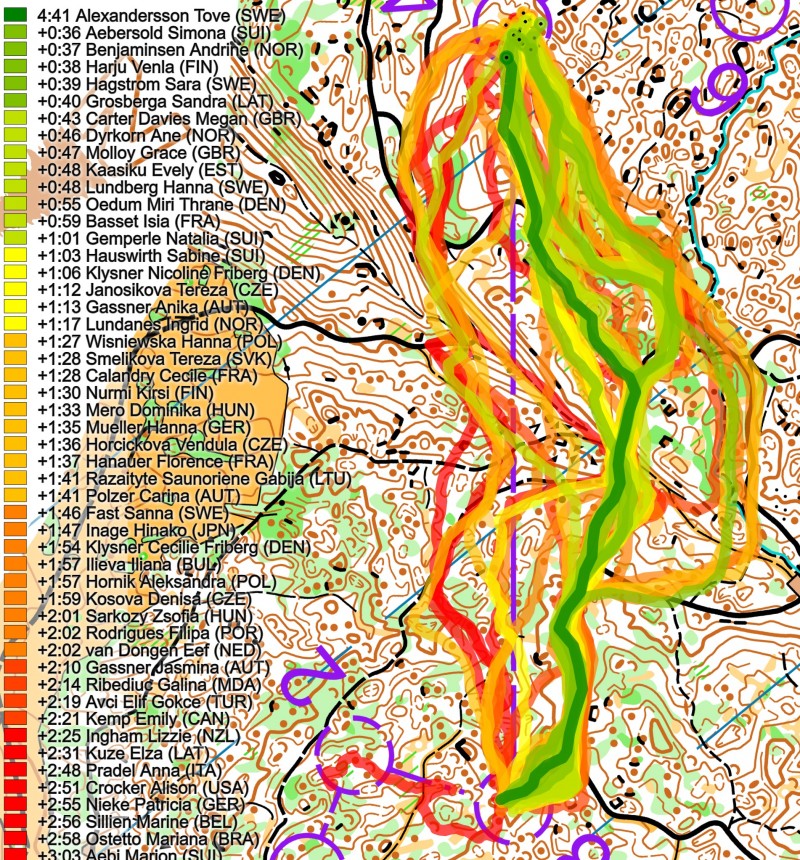
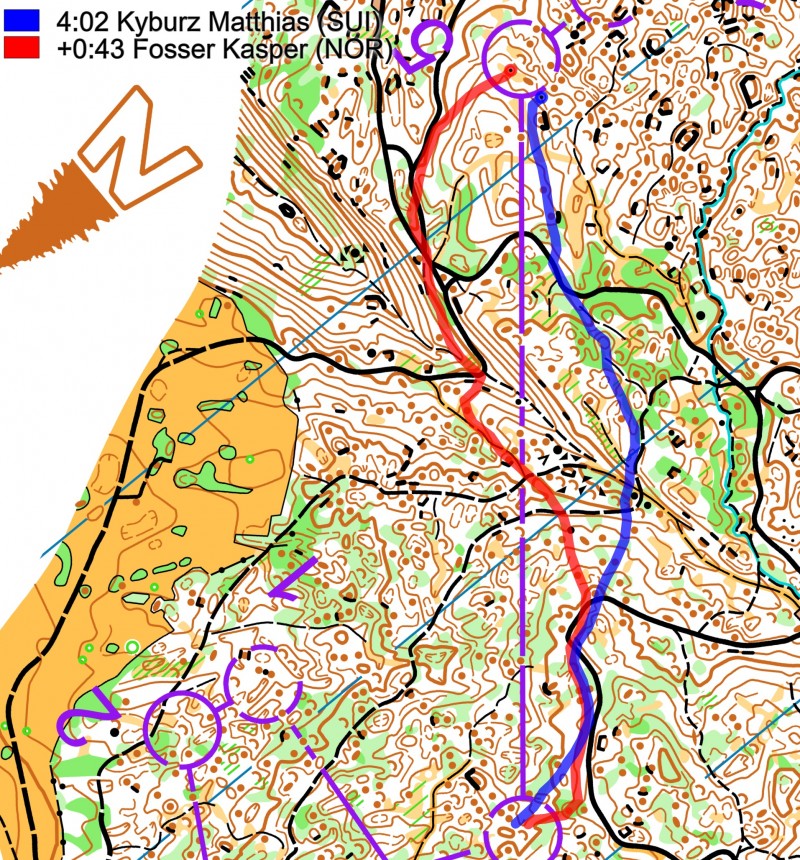
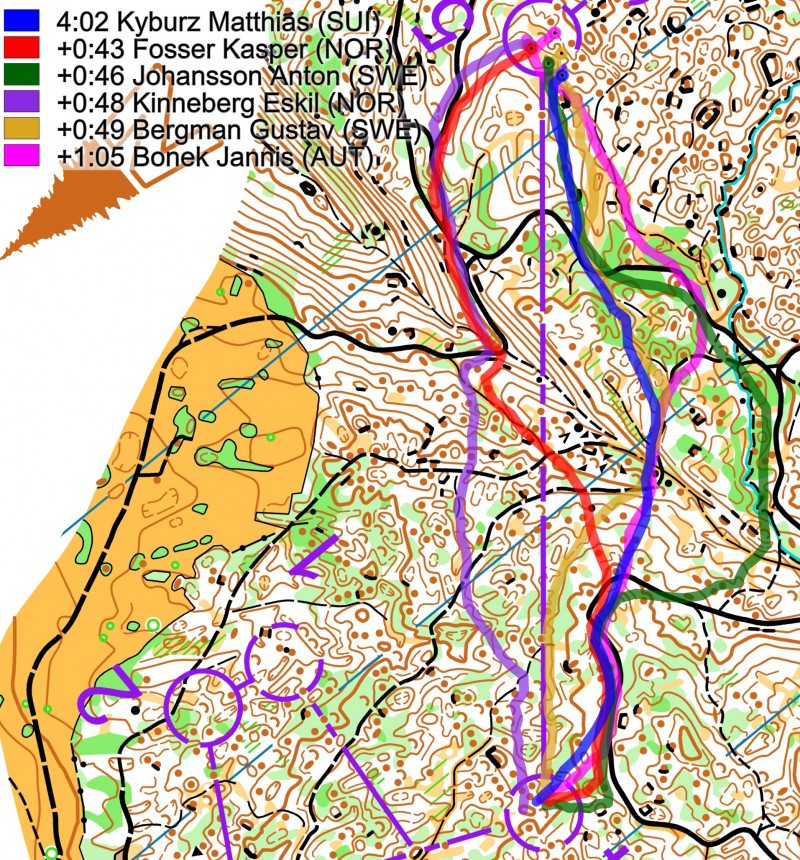
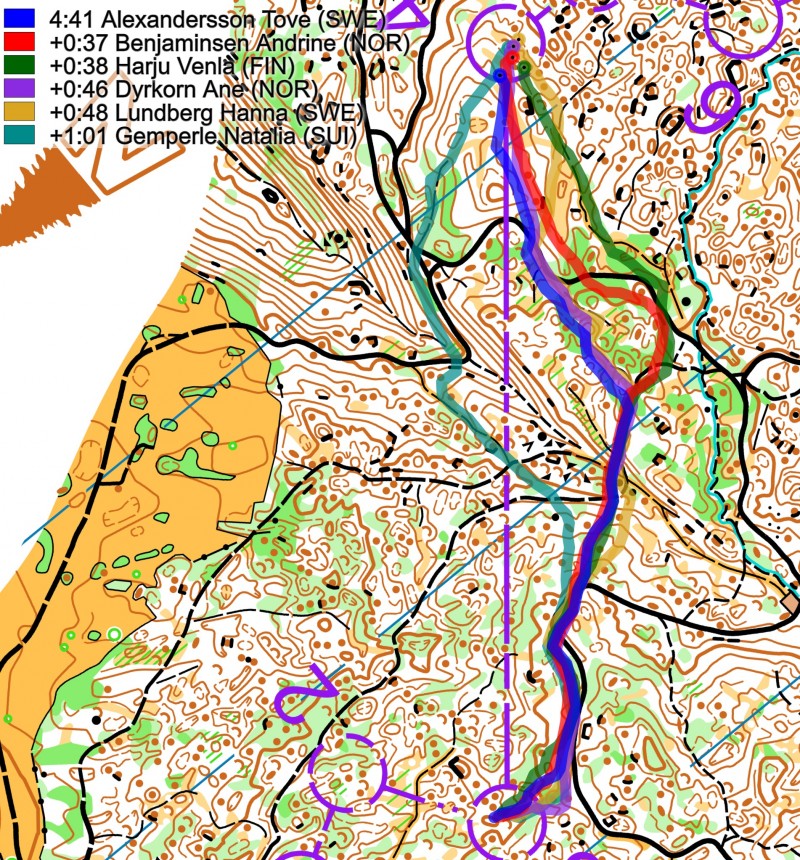
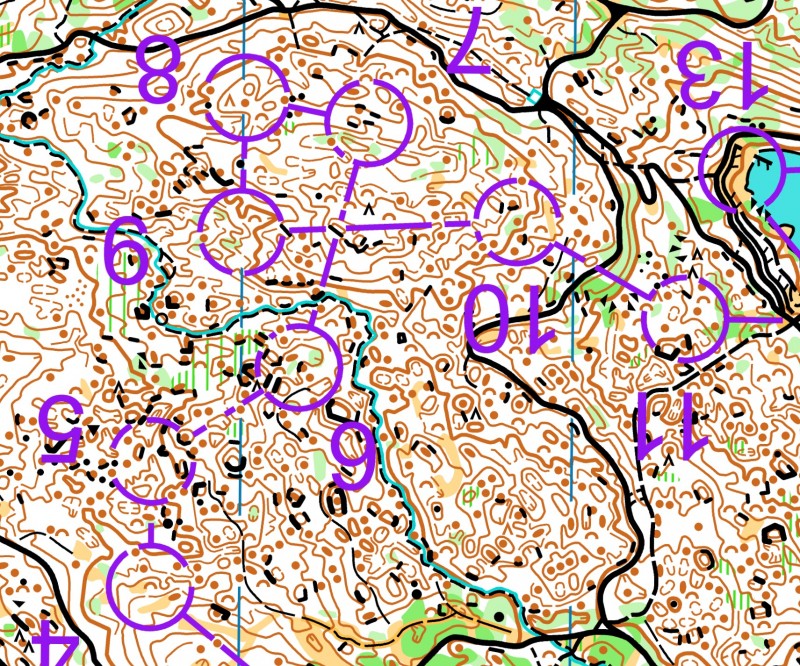
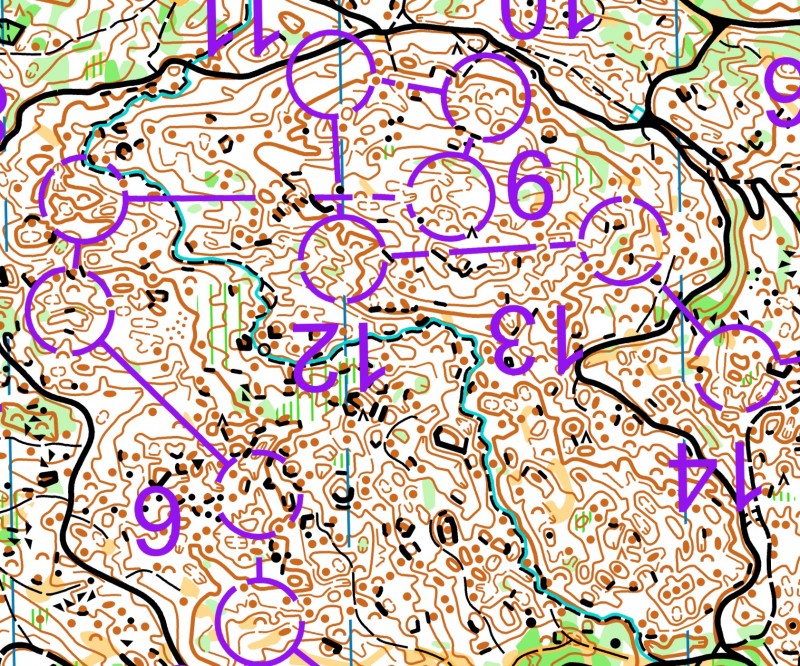
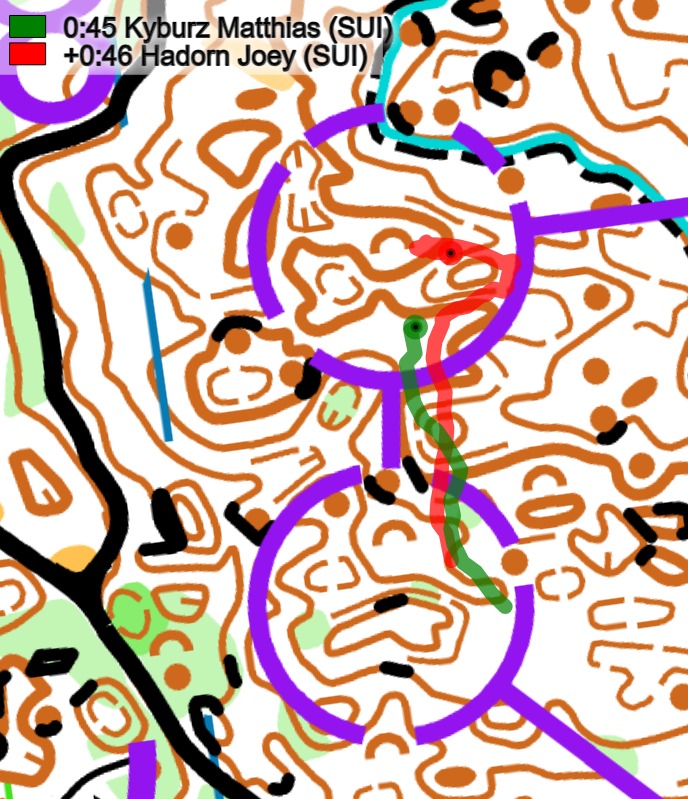
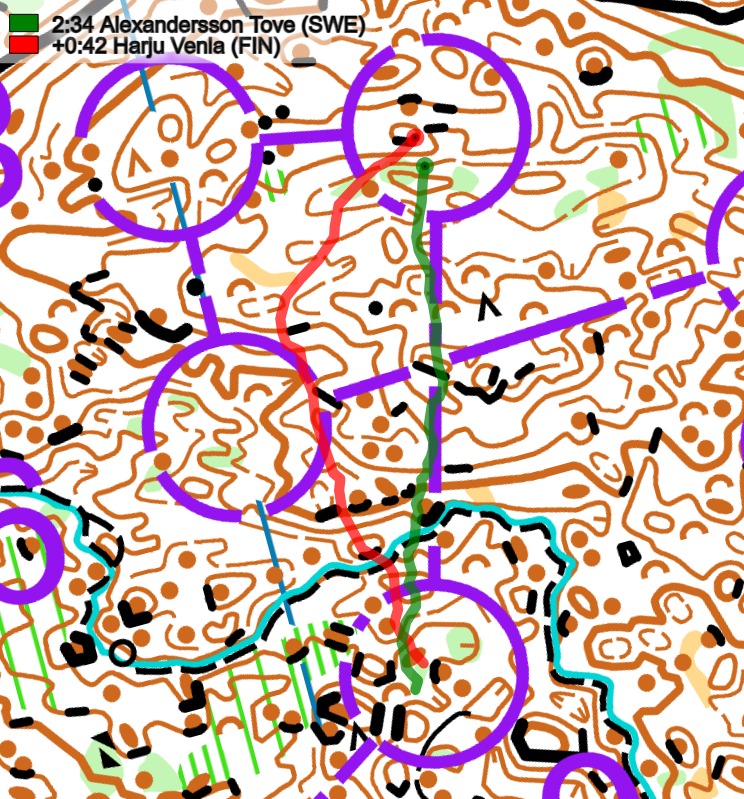

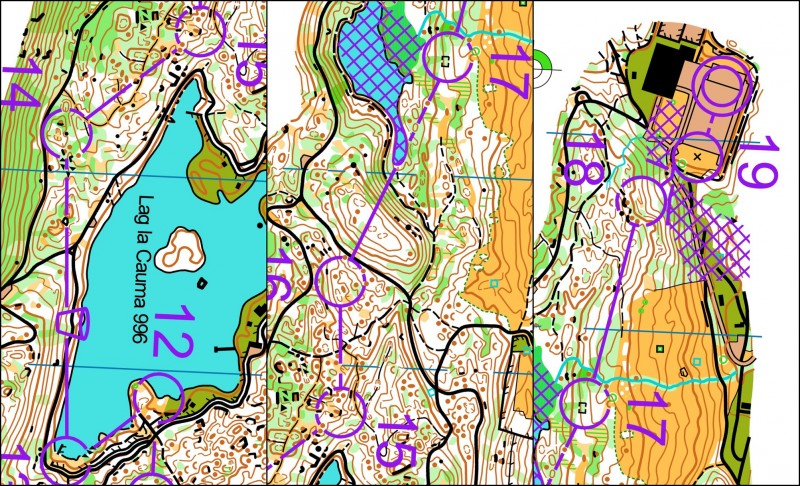
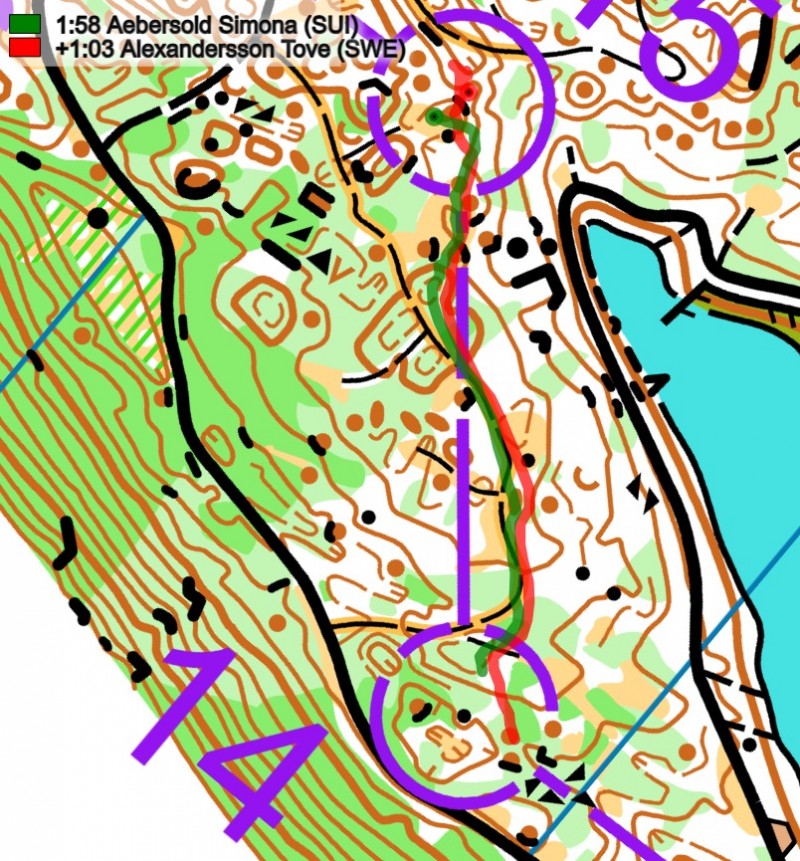
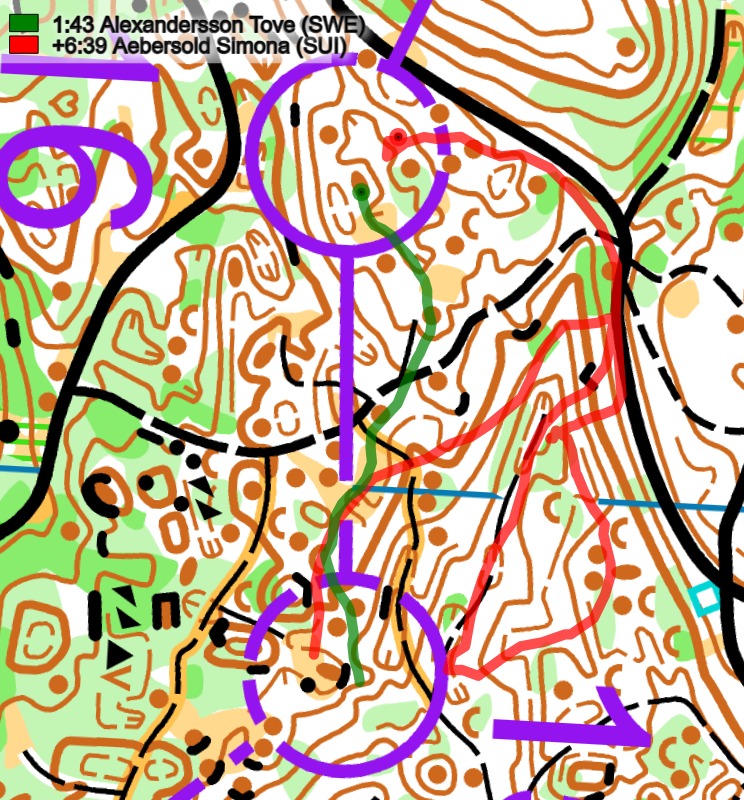
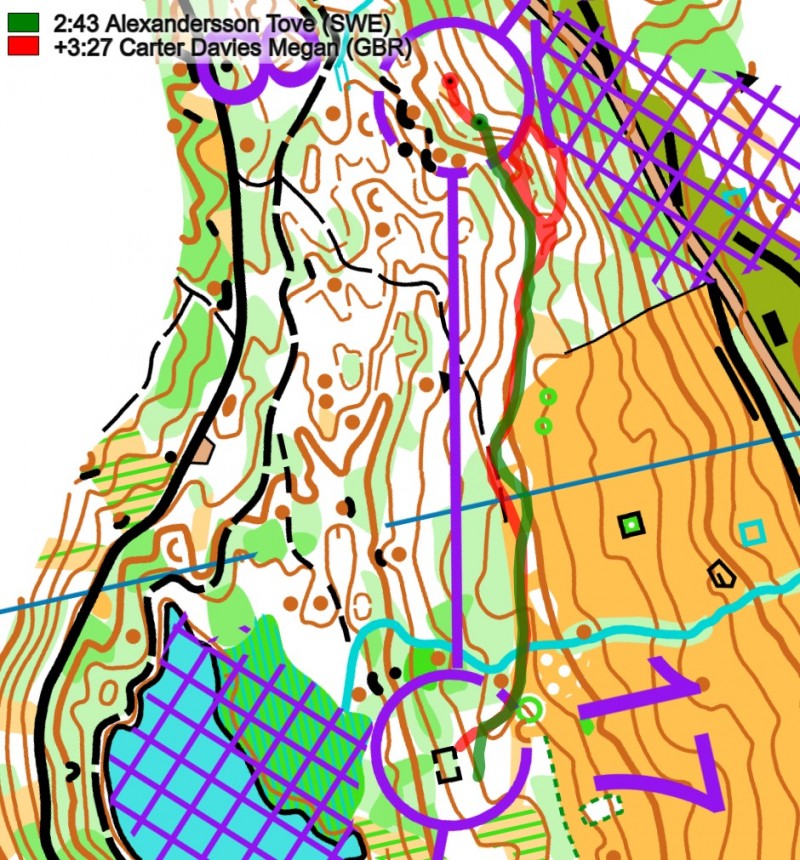
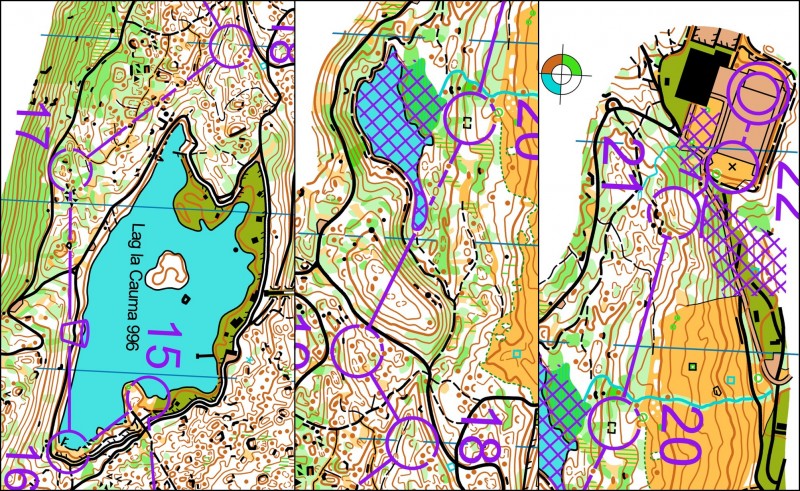


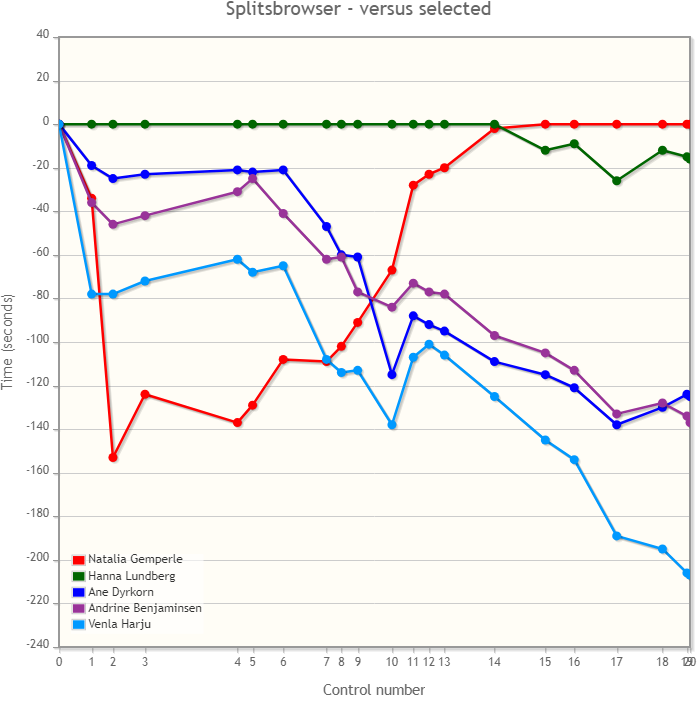

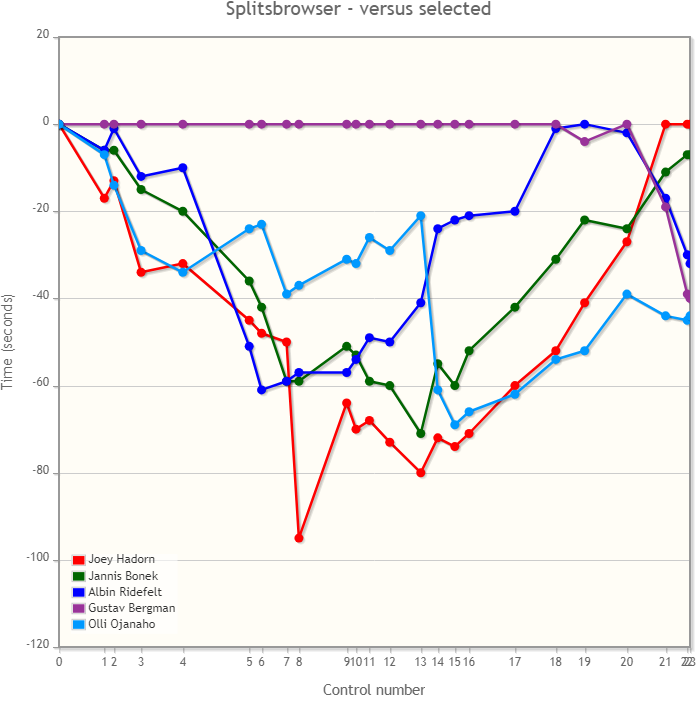

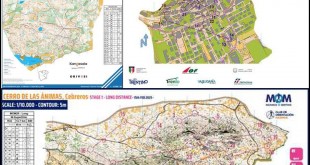



Very nice Jan! After watching the TV coverage, and studying the GPS tracking, I still wait for your analysis to really understand the race. :-)
Grosberga – 7th place – somehow omitted from the analysis… while other further down are in.
I included top 6 plus the ones who had higher speed and did quite big mistakes. Grosberga did a very good race, and could probably have been included as well, yes.
Excellent analysis as usual Jan.
BTW on your progress graphs I would prefer to see time won/lost on each leg to compare to “superman/woman” – i.e. the fastest split for each leg (of the folks under consideration) – this means that even for the winner you’ll see the gains/losses more easily.
i.e. for comparing the top 6 you could compare each of the fastest of their splits as the benchmark rather than the fastest of those 6 (ditto when comparing the whole field).
I would add to this super analysis some thoughts from the athletes too. What was their impression?
It’s *Make* a mistake.
Not *Do* a mistake.
Make, make, make.
Just one small thing to remember, would help so many! I don’t think it’s so hard.
Excellent analysis though – thank you